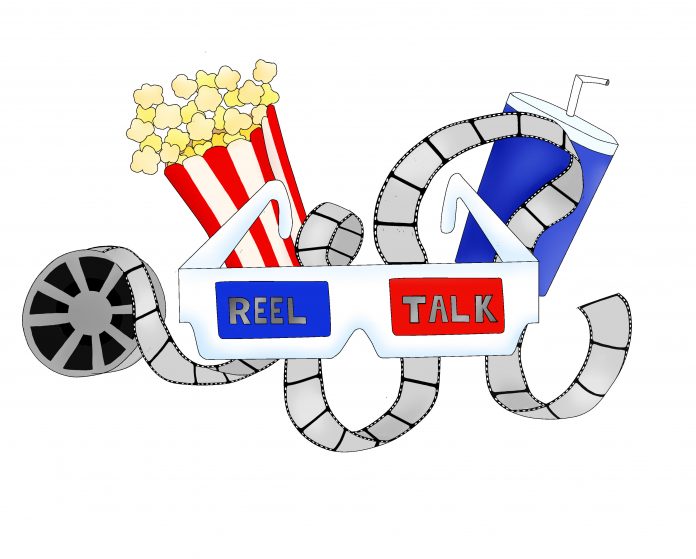Leigh Whannell, the Australian screenwriter behind such horror staples as “Saw” and “Insidious,” and more recently one of my favorite sci-fi thrillers, “Upgrade,” has combined his genre talents to create “The Invisible Man.” It follows a woman who escapes an abusive relationship and goes into hiding at a friend’s house. While at first the news of her ex-boyfriend’s suicide makes her feel safe again, she begins to suspect that he has actually faked his own death and has begun to follow her with the help of a tactical suit he developed to make him invisible.
The movie was originally intended to be written as part of Universal’s “Dark Universe,” an attempt at a monster-themed cinematic universe with some of their major properties – which, to date, only includes two all but forgotten reboot films, “Dracula Untold” (2014) and “The Mummy” (2017). Due to disappointing box office numbers, Universal’s cinematic universe plans were waylaid, and Whannell’s film went into production and emerged as a stand-alone horror from Blumhouse. A good decision in the end – I can’t imagine what this film would have been like under plans of inter-franchise connectivity (and of casting Johnny Depp in the title role).
I have to admit that, before I even knew about this film’s origins, I didn’t have much faith in the concept. I’ve never read the original H.G. Wells novel, but the idea of the invisible man had never stood out to me as a particularly terrifying monster. Whannell’s film changed my mind, fast. “The Invisible Man’s” Adrian is like a ghost and a hallucination bonded together by mad science. The film takes every human-shaped shadow you’ve ever seen in your room at night and imbues it with menacing life, to the point where you tense up in your seat whenever the camera drifts from its subjects to focus on….nothing.
A faceless enemy is terrifying, but just as intriguing as the use of invisibility is the way the film uses silence as its complement. Even the opening scenes are eerily quiet, save for the distant thudding of ocean waves – I was scared before I even knew why I should be. Also particularly potent were the sudden transitions from creepy silence into mundane sounds, like frying eggs. This movie has really made a masterful example of the art of tension. It’s an enormous relief when the curse of initial suspense is finally lifted, but this movie always finds other ways to escalate even beyond the reveal of its monster.
This movie is extremely scary, not in a fantastical way, but in a very real, human way. The core tenet of the film isn’t the horror of an invisibility suit at all, but the menacing closeness of a home invader, and the terrible reality of abuse and gaslighting from a romantic partner. Our main character, Cecilia (portrayed by Elizabeth Moss, who has recently shined in Jordan Peele’s Us as well) begins the film unable to even venture to the mailbox for fear of Adrian finding her and retaliating for her escape – her fear renders the man terrifying before anything out of the ordinary has even happened. Cecilia won’t speak about the abuse she received, but she does confide that she believed he could read her mind – and that he believed it, too (Perhaps it’s this belief that he has this complete control that is his downfall in the end, why he underestimated Cecilia so fatally, why he didn’t check the security cameras when she left the table).
When Adrian returns to the story invisible, he quickly escalates from burnt eggs and mysterious footprints and begins to destroy Cecilia’s relationships with her loved ones, gaslighting her, making her seem as if she’s had a psychotic break. The way he violates her space, her relationships, even her trust in herself, makes my skin crawl all over; the film represents a grim reminder of the real-life horror experienced by victims of domestic abuse. Whatever you get out of “The Invisible Man,” it’s impossible to deny that Adrian himself is nearly as much a monster on his own as he is when he dons the suit.

